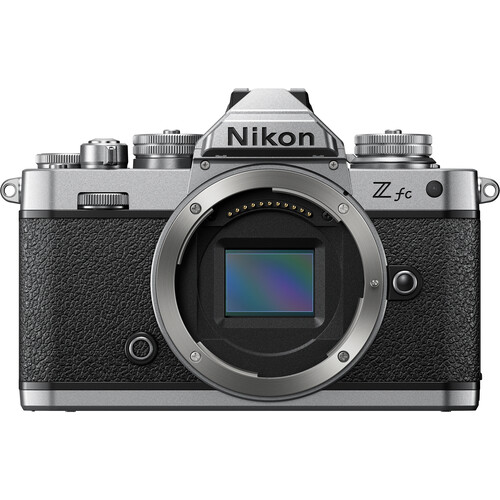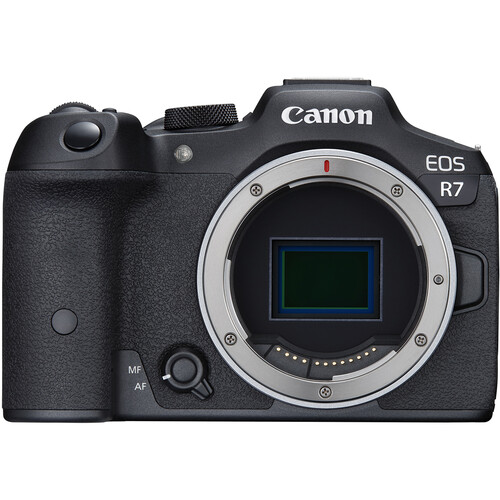What is an X-Trans Sensor?
Fujifilm uses an X-Trans sensor. The X-Trans sensor is unique among digital cameras because it is uses a different pixel filter arrangement. I won’t get in to the technical aspects of this system, but you can read about it on Wikipedia, or watch a 16 minute YouTube video.
To put it simply, the arrangement of the pixels reduces the occurrence of moiré. And because of this, the sensor does not require an anti-aliasing filter, which means the pictures are sharper. So the sensor both reduces moiré and improves sharpness. We will see this in studio samples from DP Review below.
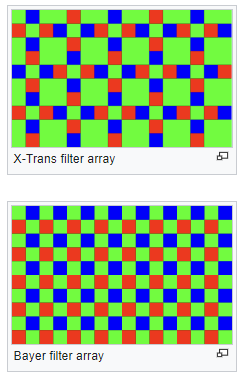
Fujifilm X-Trans vs other APS-C sensors
Image Quality
The X-Trans sensor is superior to all other APS-C (crop-sensor) cameras in terms of image quality. I will compare the latest, top of the line APS-C cameras from Canon, Nikon and Sony to the Fujifilm X-H2 (my camera).
Their latest 40 megapixel X-Trans sensor is incredibly sharp, exceeding the needs of any publication or website.

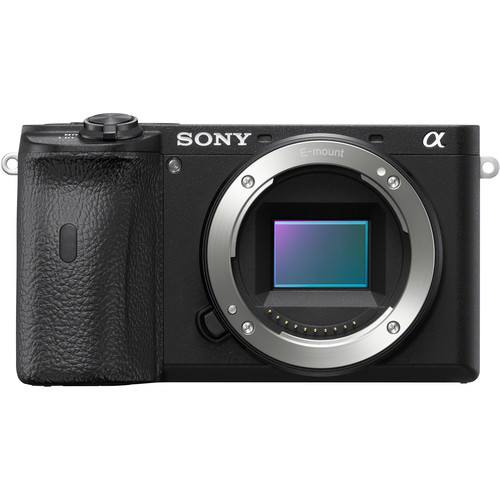
The following shows sample images produced by each of these cameras using the studio shot comparison tool at DP Review. The X-H2 has the highest resolution APS-C sensor (40 megapixels) currently on the market. As a result none of the other cameras come close to it’s sharpness. Additionally, the Nikon Zfc and Sony A6600 suffer badly from false colors (blues and yellows) in the fine text caused by moiré. The Canon R7 has a 32.5 MP sensor, but is softer. I suspect that the Canon uses an anti-aliasing filter to remove the false color caused by moiré, but the anti-aliasing filter also softens the image a little, while the Nikon foregoes the anti-aliasing filter in favor of sharpness resulting in the worst moiré.
The Fujifilm controls the moiré by virtue of the layout of it’s sensor, but doesn’t suffer from the softness caused by the anti-aliasing filter. Bear in mind that these images are cropped in very close to the image.
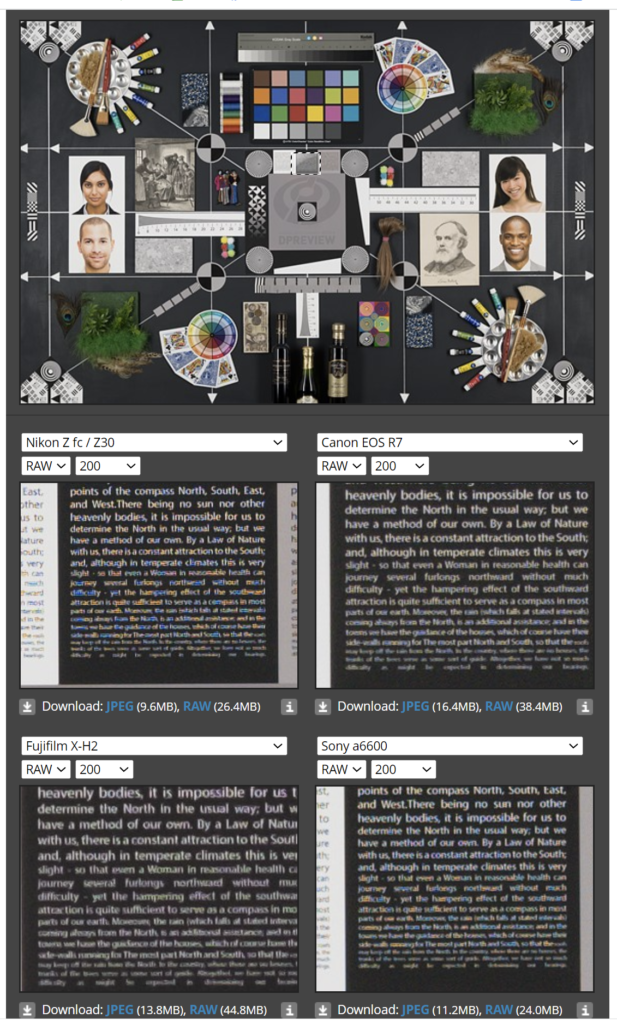
Dynamic Range in APS-C Sensors
Likewise, I will compare the same four cameras with regard to dynamic range. Dynamic range is the range from light to dark that a camera is capable of capturing.
For this, I will use the Photographic Dynamic Range versus ISO Setting tool available on the Photons to Photos website. The higher number is better.
All four cameras have roughly the same dynamic range, even rivaling the highly rated Canon full frame 5D Mark IV. I am also providing the rating for the original Canon 5D as a reference point. At their best ISO, each camera is rated as follows:
- Fujifilm X-H2 (light blue): 10.74 EV
- Nikon Z fc (black): 10.54 EV
- Sony A6600 (green): 10.97 EV
- Canon R50 (orange): 10.57 EV
- Canon 5D (blue – 2005 full frame): 8.34 EV
- Canon 5D Mark IV (red – 2016 full frame): 10.83)
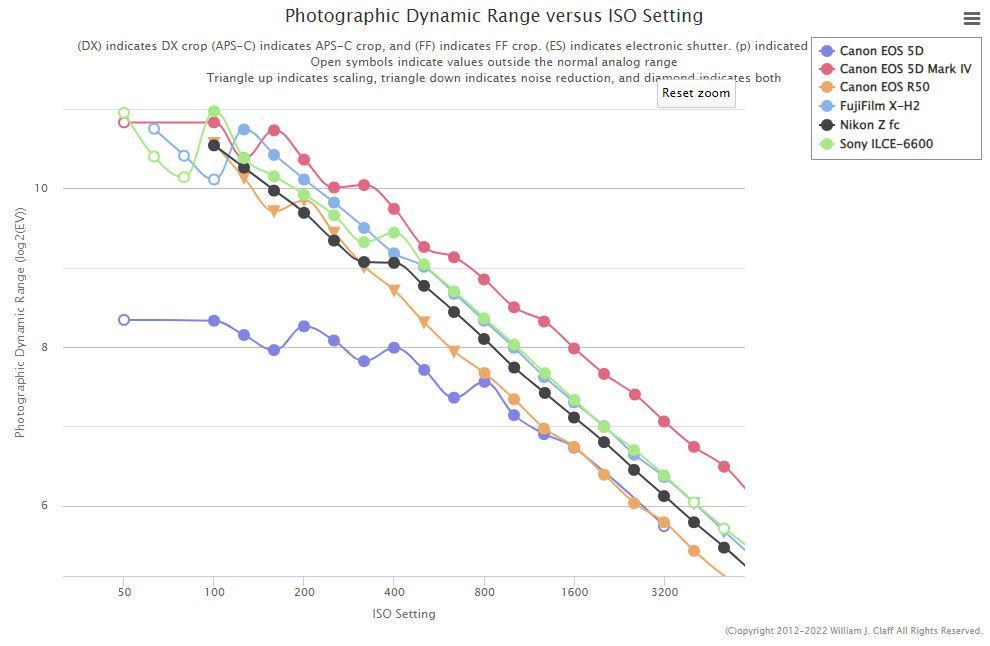
APS-C Summary
These days, all of the top APS-C cameras produce exceptional image quality and Dynamic Range, rivaling Full Frame sensors. But the Fujifilm sensors beats them all by omitting the anti-aliasing filter while still controlling moiré.

